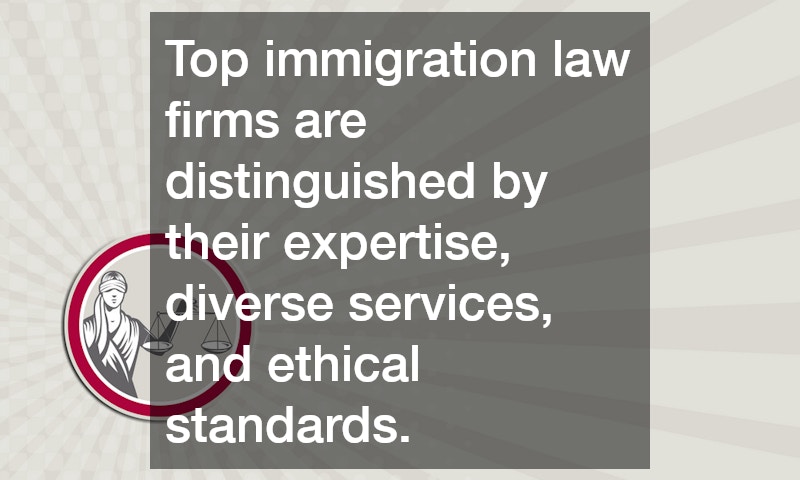The process of hiring employees eventually becomes an essential requirement, especially for small business entrepreneurs. As your business grows, so do the tasks and processes that need to be done. It could start with needing someone to do some administrative work, research, or even content creation. Whatever it may be, grunt work will immediately follow that decision of hiring. It will be unfamiliar and perhaps a bit frightening, as it involves both legal and financial obligations of the employer, who, in this case, is you.
Take heart, though. This is but a mere indication of your business growing. If you plan and take one step at a time, you’ll be all right. Here are some key factors to consider when hiring employees for the first time:
The Pre-hiring Process
Prepare for the inevitable employment payroll taxes
Hiring employees for your small business means that you need to become a proxy tax collector, all for the benefit of Uncle Sam. There will be no room for grace periods. The moment you hire an employee, the payroll tax collection begins.
To make collecting payroll taxes happen, your new employee will need to fill out a W-4, and, for good measure, an I-9 proving one’s legal status to work. From there, you will be required to accomplish the following:
- The pay for unemployment and the worker’s compensation insurance
- Deposits
- Filings to federal (and possibly state and local tax) authorities
Before you panic, consider that services out there can help you out. Creating your very own payroll department may be much too soon. But payroll services are definitely a good option if you’re unable to do much of the legal obligations alone. Payroll services in Salt Lake City or other cities are always available.
Accomplish the human resources part of your business

Before you begin hiring your first employee, accomplish a job description and formulate relevant interview questions. This will help set you apart from other competitors. A good hiring process will also allow you to gain credibility. Should you wish, run them by an HR expert to ensure that you’re within the boundaries of the best hiring practices. In addition to this, the following must also be addressed:
- Employee manual
- Employee insurance
- Company handbook
- Perks and benefits
The Hiring Process
Make sure that you set out a clear job description
At this stage, you should be able to determine what kind of employee you’re looking for, especially in terms of qualifications, skill sets, experience, and even personality. Be warned of any tendencies to discriminate though. Age, gender, race, or any form of disability should never become a hindrance to your recruitment process.
If you’re looking to have someone to work in sales, perhaps a person with an outgoing and charming personality may be what you need. For an office role job, their keen attention to detail and proficiency with numbers will be key. Keep in mind the extent of their job descriptions, too. Ensure an open and transparent relationship from the start, as this will be helpful later on.
Identify the documentations you will need
Your chosen employee needs to be provided with the terms and conditions of employment or the contract in written statement. This should be provided for within two months after employment. This should clearly state the pay, hours of work, the start date, and any more conditions agreed upon. This is an essential document that formalizes the employer-employee relationship, making sure that both parties have agreed on what is expected of the other. This is legally binding, as it helps you protect yourself from any unwarranted trouble and vice versa.
Becoming a new employer will be incredibly nerve-wracking, and there will be so much more to think about. The steps given above are a good way to start, though, but there will be plenty of surprises along the way. Just focus on the legal processes for now and actually finding the perfect candidate for now. There will be more room for growth later in the business.

